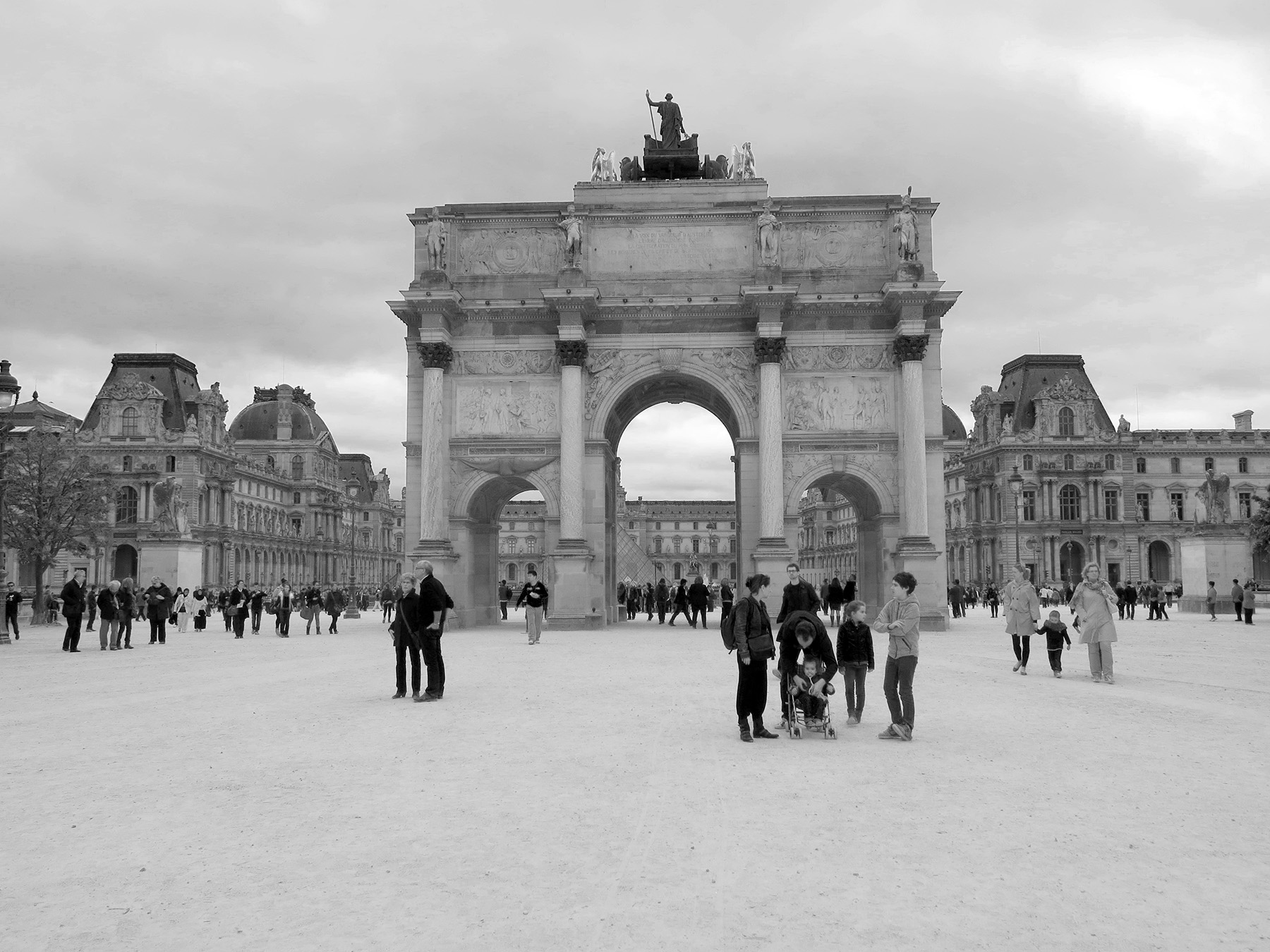When I learned that the Louvre now has an internet platform on which you can peruse 480.000 or so objects of art, I was flooded with memories.

The earliest one was in the 1960s of barely making it through the museum visit before ending up with a horrible case of traveler’s food poisoning, spending two miserable days in a cheap hotel room instead of exploring Paris. Whatever I saw in the museum was displaced by anxious estimates if the next loo was in timely reach…


Another one still has my heart sing – showing Paris to my 13-year old for the first time during the hot summer of 2005. We stayed in a tiny, airless apartment borrowed from friends of friends in the un-touristy 13th arrondissement, plastered with cheap posters showing Louvre paintings. Soon we traced them to the real source, guided by a teenager with unusual patience – art was not really his thing – as long as he was given a chance to get there by Metro. Figuring out a European subway system was joy for this PDX kid who had barely yet taken busses….

That was also the time when I purchased a letter opener – the traditional souvenir for the stay-at-home husband – for an exorbitant price at the Louvre giftshop, only to find a much more interesting one for a fraction of the money at a flea market days later.
Live and learn.
My latest Paris visit was by myself a few years ago, this time much more interested in photographing the building and the people surrounding it than spending a precious day being swiftly carried along by crowds within….


Now we all can choose our own pace for enjoying the art, perusing the website which has a nifty set up, for lay people and researchers alike. On display are not just the exhibits but also objects that are on long term loan to other institutions or in storage. You can search by name of artist or art work, by department, or follow their suggested thematic compilations. There is also an interactive map where you can prepare your tour, room by room, should you ever be so lucky to enter the real thing again.
A woman can dream…..

Music today is a must-watch – visually brilliant and conceptually clever. The artists, Beyonce and Jay Z had private access to the Louvre to film a video for one of their songs on the 2018 album Everything is Love.
The dancing – almost all POC in a place filled with almost all White representations – is choreographed in front of the Mona Lisa, Jacques-Louis David’s the Coronation of Napoleon, and his portrait of Madame Récamier, The Winged Victory of Samothrace sculpture, honoring the goddess Nike, The Great Wings of Thanis, the largest Egyptian sculpture in the museum, the Venus de Milo, Gericault’s Raft of the Medusa, and, the one portrait of a Black person painted 6 years after the abolition of slavery, Marie-Guillemine Benoit’s Portrait of a Black Woman (Negress.) These scenes are interspersed with glimpses of normal family life, tranquil domesticity, in front of the famous art.

It’s easy to detect references to current political events (taking a knee, for example,) but you have to dig if you want to understand some of the other reasoning. Here is just one case:
Why, for example, are all of these exclusively black women dancing in front of Napoleon’s coronation, of all pieces? Well, let us consider that Napoleon, at the time when France had colonized much of the Caribbean, started as an “abolitionist”, but within a few years, came out with this gem: “How could I grant freedom to Africans, to utterly uncivilized men who did not even know what a colony was, what France was?”. His friends at the time blamed Josephine, his wife, who grew up in the Caribbean owning slaves. Guess who the woman kneeling directly behind Bey is? Josephine. Guess what ethnicity Beyonce’s mother is? Creole.
(I found this in the comment section on one of the NY Magazine reviews of the new album.)

Or look at the seminal piece of the French Romantic movement, The Raft of the Medusa, located behind Jay Z who is singing I can’t believe we made it. A reference, by all reports, to the endangered marriage, but also likely commentary on the aftermath of colonialism and slavery, the reminder of the many souls lost at sea during the trade. The real shipwreck, by the way, happened not too long before this painting was created. Géricault even interviewed two of the 15 survivors on this raft that started out with 147 who had survived the shipwreck per se, then drifting for 13 days before the rescue of the few who made it.

And why was the Louvre open to being used as a stage? Here is a spokesperson (not discussing monetary exchange, mind you – )
“Beyoncé and Jay-Z visited the Louvre four times in the last ten years. During their last visit in May 2018, they explained their idea of filming. The deadlines were very tight but the Louvre was quickly convinced because the synopsis showed a real attachment to the museum and its beloved artworks.”
Live and earn…






